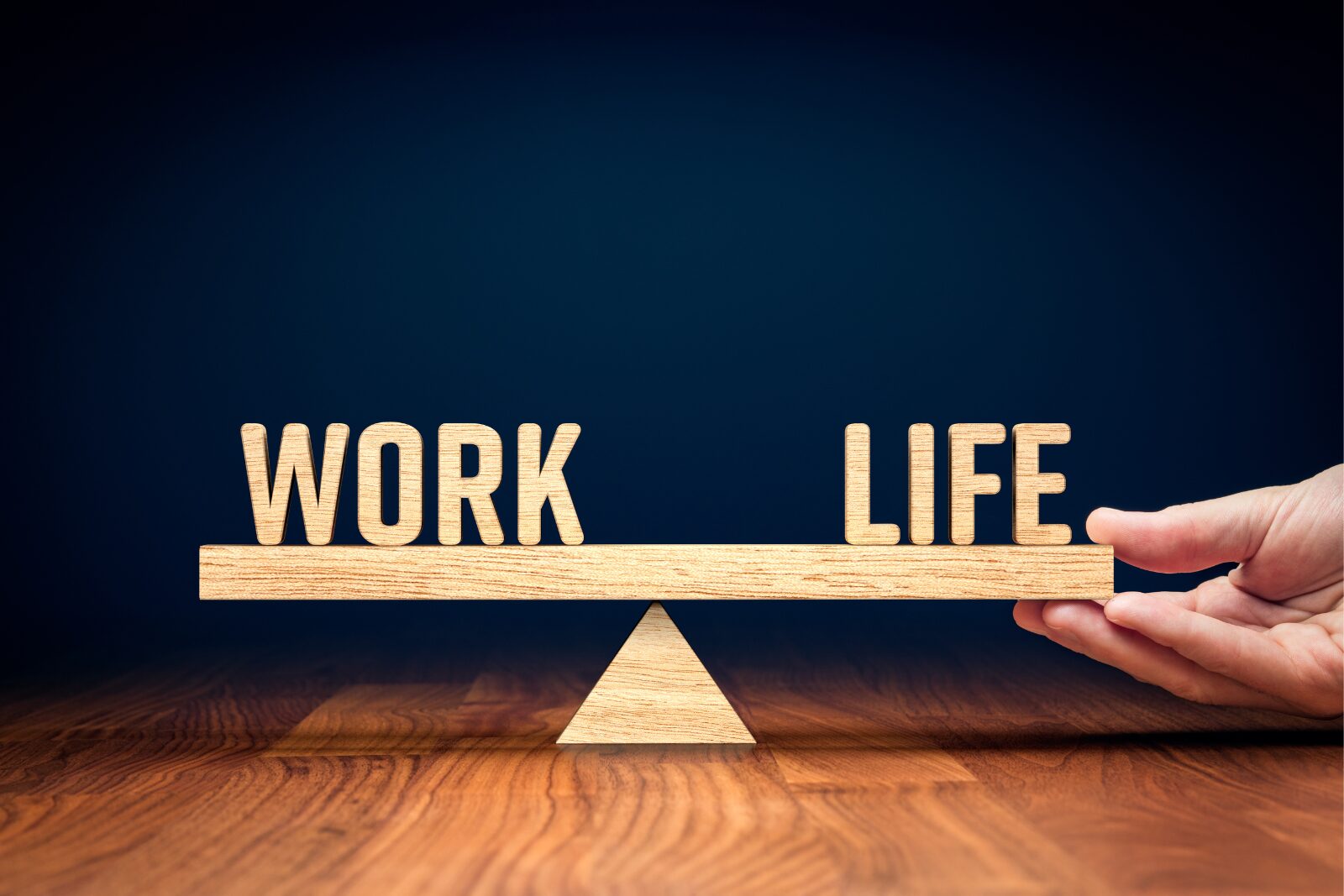Resources to Help You Survive – and Thrive – During the COVID-19 Pandemic
The COVID-19 pandemic is impacting nearly every aspect of our lives and will be remembered as a pivotal time in history. Like any other event that impacts the world, we don’t know what the future will be like, but we do know that the old ways we lived and worked have been disrupted in ways we can’t quite fathom. Navigating the new world on the other side will require resilience and creativity from all of us as we draw the map to the new normal. Already we are seeing innovations born out of necessity, such as hands-free door openers and rapid development and manufacture of ventilators and masks. In the spirit of nurturing resilience, here are some helpful resources and updates you need to know about to survive and thrive!
CARES ACT UPDATES
Economic Impact Payments (aka Stimulus Checks)
Although the U.S. Treasury sent out about $150 billion in payments to around 80 million Americans in the first wave of payments, many of those payments did not actually reach their intended targets. People who used tax preparation companies that processed refunds through third-party temporary bank accounts are having the most difficult time receiving those refunds. Some banks are sending the payments back to the IRS, while others are mailing paper checks to the recipients.
Meanwhile, the IRS is struggling to resolve issues with direct deposit of payments. IRS employees have been sent home, so no one is answering calls, and the IRS website for checking on payment status and updating banking information has been plagued with problems.
Paper checks are being mailed out according to adjusted gross income on 2018 or 2019 returns, following this timetable. You can also request direct deposit of your payment by updating your banking information before your payment is processed.
Beware of scammers who may contact you to help facilitate faster receipt of your stimulus check. This is just the latest of tax scams highlighted on this IRS webpage. The elderly may be especially vulnerable, so be sure to warn family members, friends and neighbors.
Paycheck Protection Program
In response to public outcry that funds from the first round went to large public companies that perhaps did not need it, the SBA issued additional guidance on April 23, 2020 that large companies may not be eligible for the next round of funds. The Treasury Department has also added a new set of FAQs about the program, which should help business owners and banks simplify the application process. This new guidance will be effective through June 30, 2020, or when the funds run out, whichever is sooner.
As a reminder, applicants must certify that “current economic uncertainty makes this loan request necessary to support the ongoing operations of the Applicant.” Businesses that have already received funds, but determine they are ineligible based on the updated guidance may return the funds by May 7 without any negative consequences.
The next round began Monday, 4/27 with an infusion of $310 billion. However, bankers are warning that this round of funds may be gone within 24 hours, and may actually already be spoken for. Despite the intention of Congress and the SBA that these funds be available on a first-come, first-serve basis to any eligible small business, bankers are already prioritizing loans to customers with whom they already have a relationship. Small community banks appear to be doing a better job of serving customers than the big ones. Banks are also processing requests that were submitted in the first round, but which were not funded before the first round of money ran out.
Tracking Your PPP Funds
If you were fortunate enough to receive PPP funds, check with your bank to see how they prefer you to track spending. Some banks may want a separate bank account, while others may be fine with a detailed reconciliation of spending. This article on AccountingWEB details exactly how to track funds in QuickBooks.
Is the PPP Right for Your Business?
The PPP was intended to be an eight-week funding bridge to help small businesses keep employees on payroll during the worst of the pandemic. As long as 80% of the loan proceeds are spent on payroll-related expenses and the remainder on eligible expenses, the loan is potentially forgivable. However, for some businesses – such as restaurants – this timeframe won’t work because they do not project a complete return to pre-COVID-19 activity until August or later.
Employees for some of these businesses may do better financially by collecting the increased amounts of unemployment under the CARES Act, which adds $600 per week onto whatever state unemployment benefit a person is eligible for. However, if the business receives a PPP loan and offers employees a return to work, those employees may not be eligible for unemployment benefits.
HELP FOR SMALL BUSINESS
Do you use Google Ads for your business? Google is offering $340 million in Google Ad credits. These credits are available to small businesses who have advertised with Google at least 10 months during 2019 and either January or February of 2020.
Managing cash flow will be critical for survival during the continuing shutdown. Advisors at Intuit have put together a Cash Flow Continuity Playbook. This will help you put together a cash flow projection spreadsheet and includes tips for making the most of this scarce resource. AccountingWEB also offers 10 tips to help small business owners keep the lights on and come out on top when the shutdown ends.
GoFundMe has another seven ideas to help small businesses, including asking creditors for leniency and setting up a GoFundMe fundraiser.
If you have employees, you may have questions about the rapidly changing guidelines for employers. Can I ask them if they’ve tested positive for COVID-19? What can I do if my employees can’t come in because they’re sick or caring for a family member? Do I have to provide computers or other equipment so that my employees can work at home? You can find answers to these and other questions for employers here.
WORKING FROM HOME
Now that we’ve been working from home for more than a month, we know that disruptions to routines can trigger mental health problems. Check out these helpful tips from the American Psychiatric Association on how to maintain your sanity.
If you think you’re putting in longer hours since you began working from home, you’re not alone. On average, U.S. workers have added about three hours to their normal workdays. The absence of other commitments such as dinner plans and going out for movies or other appointments can tempt us to work longer than we should, especially if we’ve got kids at home. Setting boundaries can help avoid burnout.
As the pandemic appears to be easing a bit, states are beginning to ease restrictions. Find out the plans for your state in this article from The Hill.
Before the pandemic, an estimated 56% of workforce held jobs that were compatible with remote work, but fewer than 4% actually did. Global Workplace Analytics predicts that 25-30% will be working from home after the pandemic passes. As well, we may see less business travel, now that we have been forced to do everything remotely. On the other hand, Gartner predicts that the uptick in remote work may be only 5%.
HELP FOR PARENTS
Homeschooling kids is not easy, but here’s a list of regularly updated resources from Today to make it a bit easier. This list includes suggested daily schedules, free education resources, advice for working from home with kids around, creative activities, and movie ideas to keep kids engaged, learning, and – most important – busy so you can get work done.
Even though kids spend up to seven or eight hours a day at school, that does not mean parents need to find academic activities to fill that many hours when kids are home. A good rule of thumb from Good Morning America is to multiply your child’s age in years by two to five minutes as an estimate of the length of time your kids can remain focused on an academic task. Don’t sweat it if your kids don’t seem to be learning as much as they would in a normal school year. As the experts in that article say, “your job is to keep them healthy and return them to school emotionally intact.”
LIFE AFTER COVID-19
What will the post-COVID-19 world be like? Scholars from the Brookings Institute ponder this question in a collection of short pieces. Overall, they believe that trends already in place before the pandemic will strengthen and accelerate to bring more pronounced and widespread changes to the world.
About all we can say about life after COVID-19 is that it will be different, and that no one really knows what it will be like. This article from the Wall Street Journal takes a look back at how past leaders have brought governments and companies back from the brink of disaster. The big lessons are that patience, adaptability and a desire to learn can save the day.
GENERAL RESOURCES
- Payroll, HR and benefits company Gusto has put together An Employer’s Guide to Navigating the Coronavirus
- Accounting Today has a special page for articles on COVID-19
- Forbes has a listing of resources for startups
- The best source for up-to-date and accurate health information is the Center for Disease Control (CDC)
- The CDC also has recommendations for businesses and employers
- Intuit QuickBooks has a dedicated page to help small businesses
- CNet has a comprehensive guide on staying healthy and entertained at home
- Small business resources from the Small Business Development Center
- edu has made freely available a collection of curated scientific research on the coronavirus
- These museums are offering free virtual tours
- The AICPA has a page with COVID-19 resources, including a chat feature to help with tax issues, available M-F, 9-5 eastern time
- The Red Cross has pointers to help young adults stay safe
We sincerely hope that you and your family are well and remain well. If you have any questions or concerns, don’t hesitate to reach out to us.


